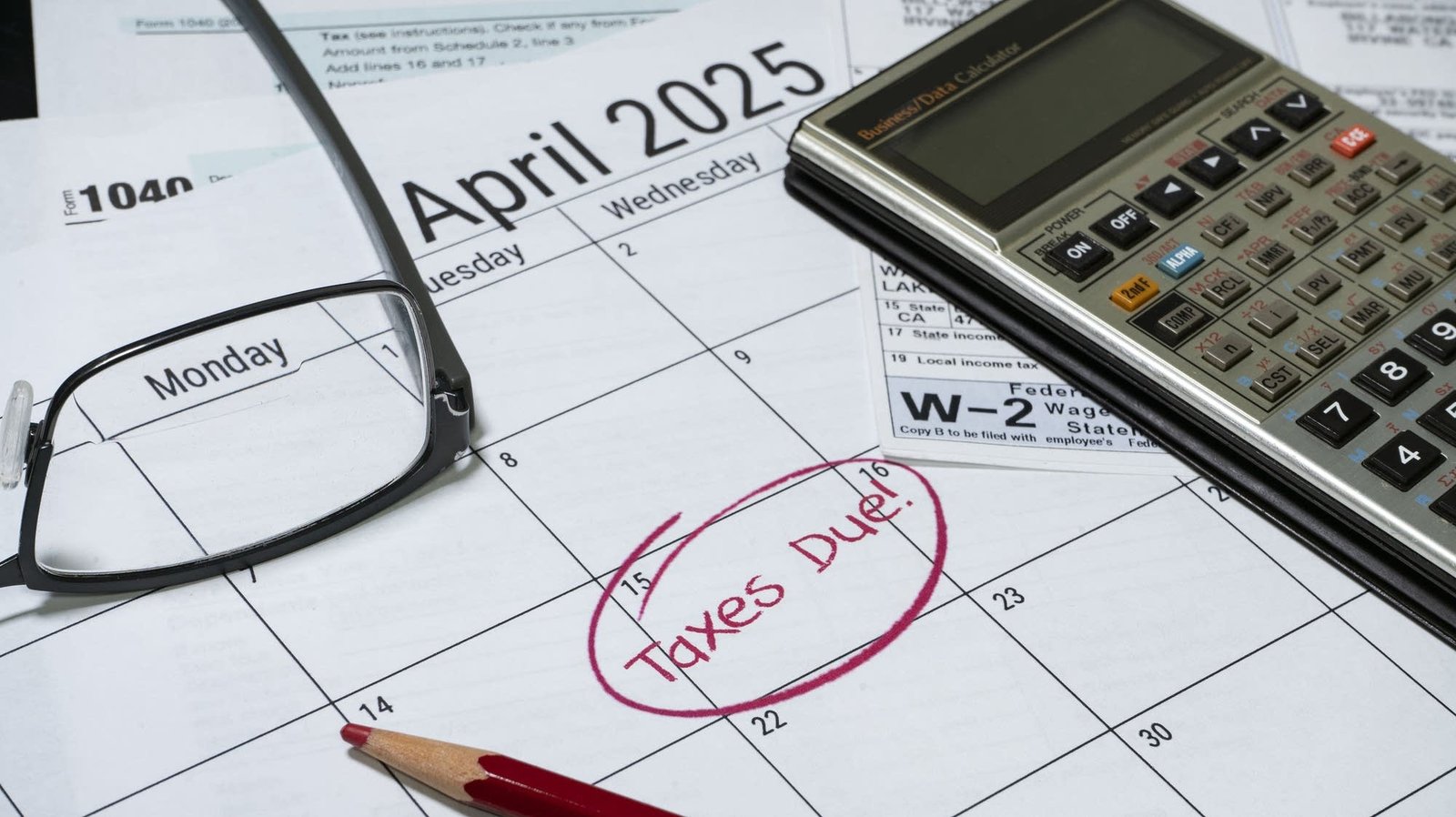Whether they like it all or not, Minnesota taxpayers purchase a lot of state services. A relatively new state law entitles them to a receipt for what they buy – sort of.
At least once per year since the 2023 Minnesota “Taxpayer Receipt” law took effect, state officials have been required to publicize its existence. That happened last week, putting fresh attention on an online calculator that spits out information on how money sent into Minnesota’s state government gets pushed back out.
It was born out of a bipartisan push to build more transparency into the tax-and-budget system.
Current Revenue Commissioner Paul Marquart promoted its creation when he chaired the House Taxes Committee in a previous government role. In 2019, he told colleagues that the premise is simple.
“Every taxpayer should know where their tax dollars go and what type of a value they’re getting for their tax dollars,” Marquart said then. “Every dollar they give is making our communities safer, stronger, healthier and better educated.”
It took four more years to make it happen. In 2023, Republican Rep. Greg Davids took up the mantle along with then-House Taxes Committee Chair Aisha Gomez, a DFLer, who also said it was worthwhile to let people know “what your taxes buy in the world.”
The system is based on estimates, so not every dollar a person actually pays in income, sales or fuel taxes is accounted for.
People enter their household earnings and state income tax from the previous year, check boxes on whether they bought tobacco or alcohol and estimate the number of miles they drove to approximate what they might have paid in gas taxes.
The accumulated taxes are then broken out to an estimate of what those dollars meant for education, health care, housing, public safety, road building and other state-supported programs. The figures are based on the percentage of the state budget allotted for each category.
The system was set up so only people who seek out the information get it. The Department of Revenue and the Department of Minnesota Management and Budget don’t store user-provided data or connect it with a specific taxpayer.
As Davids put it, “You have to opt in, so you wouldn’t have to do it if you don’t want to.”
The program came at a cost. The bill establishing the taxpayer receipt set aside $144,000 to establish the data tool and $47,000 per year to keep it operating.
Some Minnesota communities have set up mirroring programs to give local taxpayers a read on where their property tax dollars go. Shakopee was among the first to do it and it has spread to other places, including Faribault this year.
To promote its tax receipt program, Shakopee even produced a commercial that played off Minnesota’s penchant for hotdish, resistance to taking the last donut in the breakroom or sticking by its sports teams in crunch time.
“You know what isn’t difficult living in Shakopee? Finding your property tax receipt,” the commercial’s narrator says before showcasing the website. “It really is that simple, unlike 169 at rush hour.”




